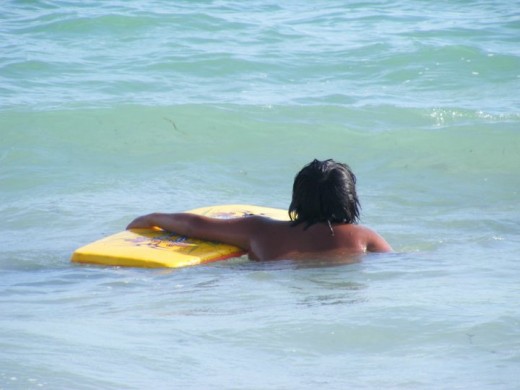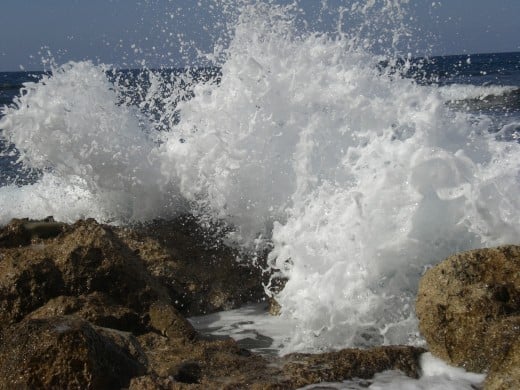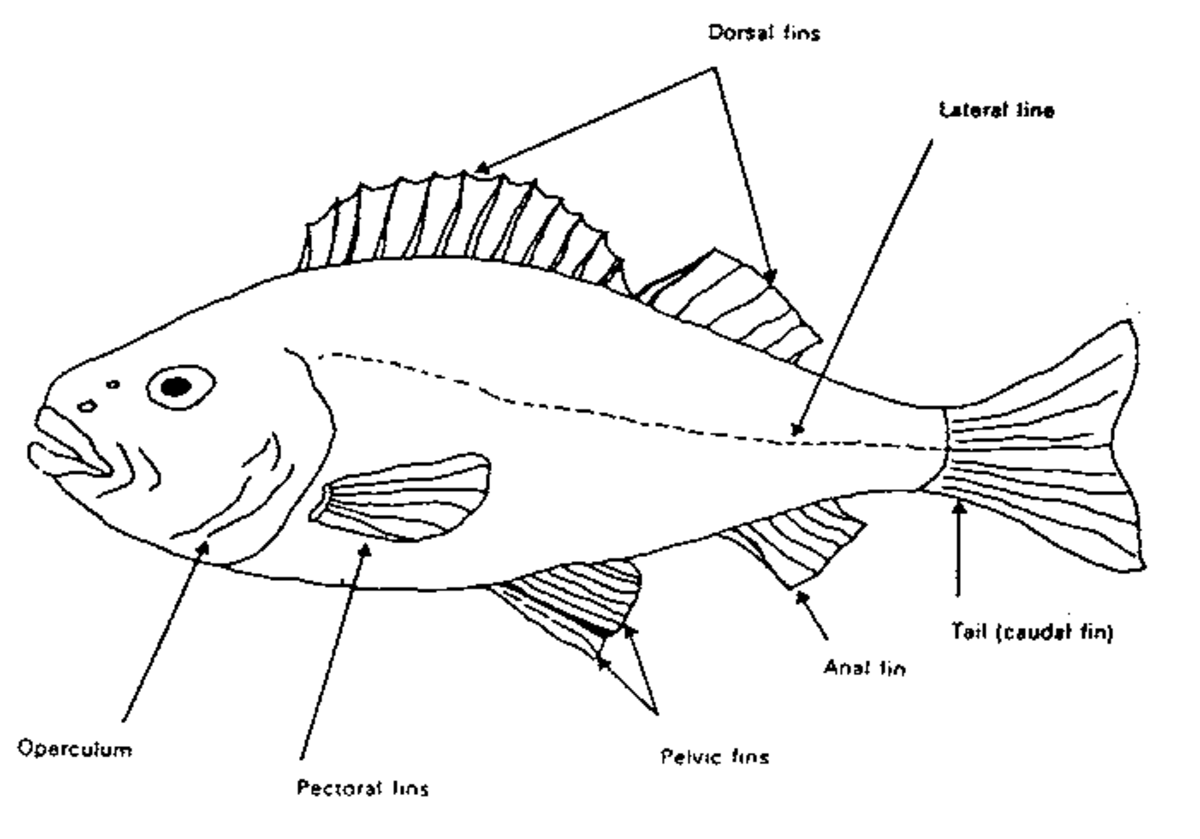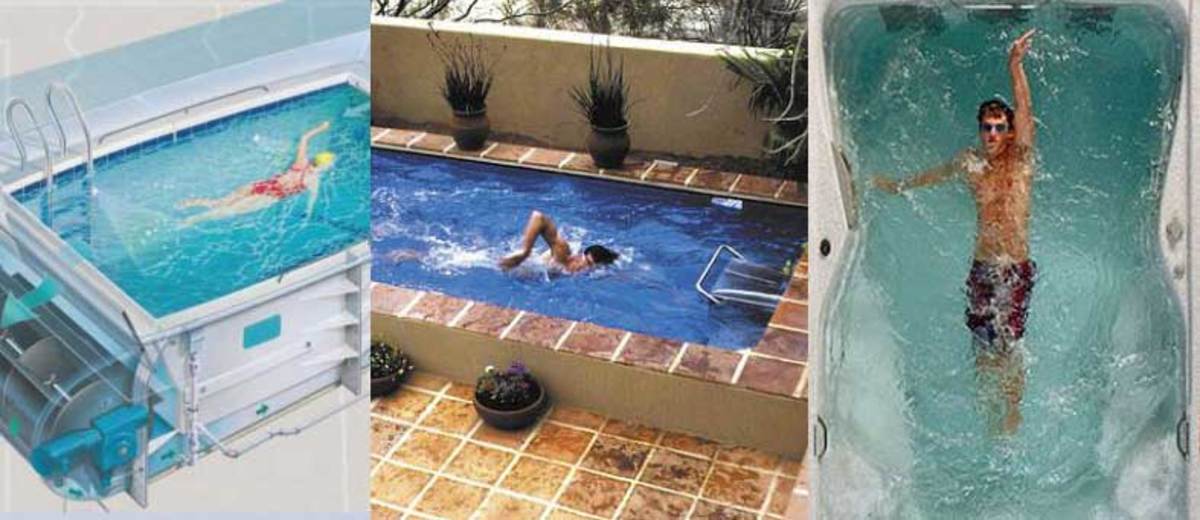Riptides and Rip Currents: Overview and Safety Tips
How to Escape a Rip Tide - How to Escape a Rip Current
If you frequent the beach on a regular basis, chances are that you’ve seen a rip tide or rip current – the two terms are used interchangeably. I grew up hearing the term rip tide, but the more modern version is rip current. Riptides can be deadly. They’re responsible for 100-150 deaths in the U.S. each year. In Florida, where beaches on the Atlantic and on the Gulf of Mexico abound, riptides are responsible for more deaths each year than hurricanes, tornadoes, and lightning strikes combined. Many people believe that riptides suck swimmers underwater, but this isn’t actually the case. The most powerful part of riptides is on and near the surface. The danger with getting caught in rip currents is being pulled out to sea. Many people who drown in a rip tide do so because they panic and try to fight the rip tide.
Riptides can occur in any body of water that has wave action. This includes oceans, bays, gulfs, seas, and even large lakes. If there are waves, there can be rip currents. Generally speaking, the stronger the waves are, the stronger any rip currents will be. Offshore storms can also have an effect on riptides, making them more dangerous, especially at low tide. Riptides can be formed by storms that are hundreds of miles offshore, so you might not even be aware of them.
Riptides vary in strength and speed. A mild rip tide might travel at just one foot per second, while an especially swift rip tide might travel as fast as eight feet per second. Most riptides fall somewhere between these two extremes.


What forms a rip current?
A rip tide begins with the action of the waves and the wind. Both these forces push water onto the adjacent beach. As more waves push towards the shoreline, the previous set of waves is sometimes pushed sideways. This water wants to return to the sea, but it can’t do so against the onslaught of waves, so it travels parallel to the beach until it finds an escape route. This exit is usually in a trough, like one formed between two sandbars, but it can also be underneath a dock. The returning water might also find a way to return to the ocean next to jetties or other structures. A rip tide always travels perpendicular to the beach.
Rip currents are fast and strong because the returning volume of water is usually forced into a narrow channel. The water has nowhere else to go, so all of it must “fit” into this narrow current, which greatly increases the speed and force.

How to recognize riptides
The ironic thing about some riptides is that they actually appear to be calmer than the rest of the ocean or lake water. The powerful flow of water on and near the surface of a rip current has the potential to decrease the size and power of the normal incoming waves, making the surf in the rip tide appear less virulent. Some swimmers – and non-swimmers – see this calm patch of water and feel compelled to experience it.
Some riptides also stir up sand, making the water in the abnormal current muddy. If you see an area of water that’s calm and muddy, stay away from it. It might very well be a rip current.
If you’re swimming in water with wave action, always avoid any areas of water that appear to be unusually calm or different than the rest of the surf. Also, don’t swim near piers, docks, or jetties.

How to escape a rip current
You don’t have to be in deep water to be overtaken by a rip tide. In fact, waist-deep is deep enough for a strong rip tide to drag you out to sea. In light of this, it’s entirely possible for non-swimmers to be drowned by a rip tide. If you can’t swim, or if you’re a weak swimmer, always wear a flotation device when entering an ocean, gulf, sea, bay, or large lake. Remember – if there are waves, riptides are always a possible threat.
Even good swimmers can be drowned by a rip current. This is usually due to panic and exhaustion. Oftentimes, when the swimmer realizes he’s being dragged out to sea, he panics and tries to swim back to the safety of the shore. This is the worst thing to do. You can’t outswim a rip tide head-on. All you’ll do in such an effort is to wear yourself out, and the rip tide will win.
Instead of trying to swim against the powerful force of a rip tide, try to remain calm and swim parallel to the beach. Once you’re out of the rip tide, you can then return to shallow water or the shore. Most riptides are less than thirty feet in width, fortunately.
If you find yourself in a rip tide that you can’t escape, even by swimming parallel to shore, stay calm and float on your back. If you don’t know how to float, allow the rip tide to carry you, but keep your head above water by gently paddling with the flow. The rip tide will lose its power eventually. When it does, swim back to shore on the diagonal. If you’re too tired to swim, allow the action of the incoming waves to carry you back to shore. Signal for help if you need to.
It’s best to always swim where lifeguards are present. Also, never swim alone. If you’re not a strong swimmer, wear a proper flotation device. Whether you’re a good swimmer or not, make sure you and your family understand the rules about escaping a rip tide.








